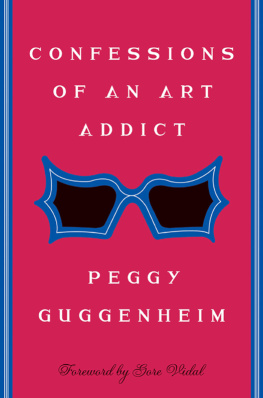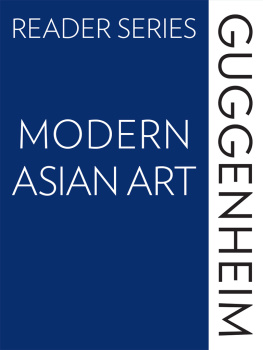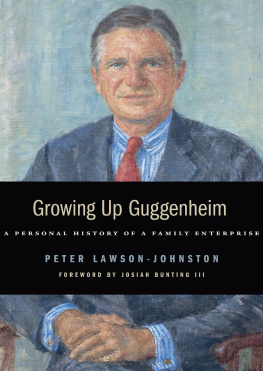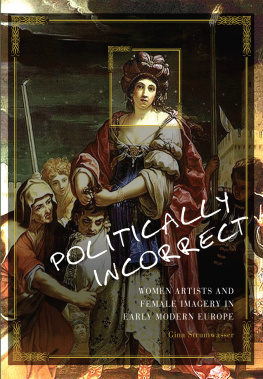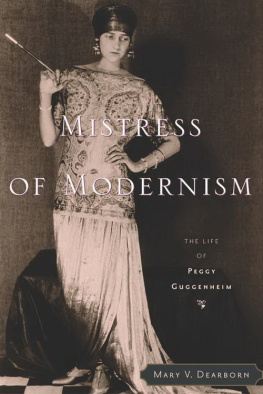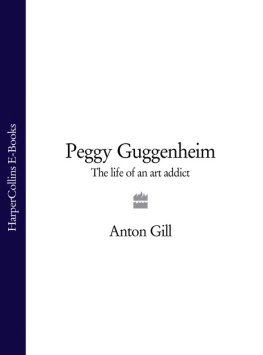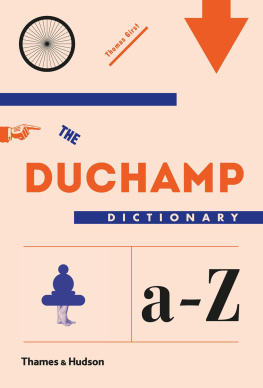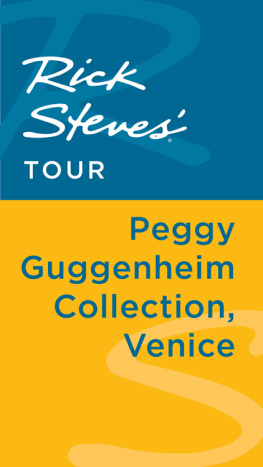

My Marini
For Alfred H Barr Jr
Foreword Copyright 1979 by Gore Vidal. Reprinted by permission of William Morris Agency, Inc. On behalf of the Author.
C ONFESSIONS OF AN ART ADDICT . Copyright 1960 Peggy Guggenheim.
All rights reserved under International and Pan-American Copyright Conventions. By payment of the required fees, you have been granted the nonexclusive, nontransferable right to access and read the text of this e-book on-screen. No part of this text may be reproduced, transmitted, downloaded, decompiled, reverse-engineered, or stored in or introduced into any information storage and retrieval system, in any form or by any means, whether electronic or mechanical, now known or hereinafter invented, without the express written permission of HarperCollins e-books.
Library of Congress Cataloging-in-Publication Data
Guggenheim, Peggy, 18981979
Confessions of an art addict / Peggy Guggenheim. 1st Ecco ed.
p. cm.
Autobiographical.
Updated ed. of: Out of this century. 1st ed. 1980.
Includes index.
ISBN 0-88001-576-4
EPub Edition April 2013 ISBN 9780062288363
1. Guggenheim, Peggy, 18981979. 2. Art patronsUnited StatesBiography. I. Guggenheim, Peggy, 1898-1979 Out of this century. II. Title.
N5220.G886A3 1997
709'.2dc21 97-15461
9 8 7 6 5 4 3 2
FIRST ECCO EDITION 1997
CONTENTS
The photograph of the author, is by Curtis Bell; those of Laurence Vail, Yves Tanguy and Marcel Duchamp, are by Isabey, Man Ray and Sidney Waintrob respectively; the one of Art of This Century, is by George Karger Pix. The photograph of Max Ernst, is by Leonar;those are by Cacco, Sidney Waintrob and Jerome Zerbe respectively, and those of the author, by Cacco and by Roloff Beny, as is the one. The Palazzo Venier dei Leoni, is by Jerry Harper.
In the winter of 1945-46 I was a Warrant Officer in the Army of the United States, stationed at Mitchell Field, Long Island. I had just finished a first novel, Williwaw, based on my experiences as the first mate of an army freight supply ship in the Aleutians. Before I enlisted in the army at seventeen, I had lived in Washington, D.C. My family was political-military. I give these little personal facts to set the scene for my first meeting with Peggy Guggenheim.
In the early part of that winter I had met Anas Nin. I was twenty. She was forty-two. Our long and arduous relationship, or Relationship, began in the cold, as the sweet singer of Camelot would say. Anas was a shining figure who looked younger than she was; spoke in a soft curiously accented voice; told lies which for sheer beauty and strangeness were even better than the books she wroteperhaps because what she wrote was always truthful if not true while what she said was intended only to pleaseherself as well as others.
I shall take you to a party, chri, she announced. We were in the five-floor Greenwich Village walk-up where she lived with her husband (a banker who made movies and engravings and helped Anas play at being a starving Bohemian). Anas always called me chri with a slightly droll inflection. Since I had not yet read Colette, it was several years before I got the joke. But then she did not get all my jokes either. So chri and Anas went to Peggy Guggenheims house and chri has never forgotten a single detail of that bright, magical (a word often used in those days) occasion. In a sense, like the character in Le Grand Meaulnes, I still think that somewhere, even now, in a side street of New York City, that party is still going on and Anas is still alive and young and chri is very young indeed, and James Agee is drinking too much and Laurence Vail is showing off some bottles that he has painted having first emptied them into himself as part of the creative process and Andr Breton is magisterial and Lger looks as if he himself could have made one of those bits of machinery that he liked to paint; and a world of color and humor is still going oncould be entered again if only one had not mislaid the address. Recently I came across an old telephone book. I looked up Anass number of thirty-five years ago. Watkins something-or-other. I rang the number; half-expected her to answer. If she had, Id have asked her if it was still 1945 and she would say, Of course. What year did I think it was? And Id say, No, its 1979, and youre dead. (Chri was never noted for his tact.) And she would laugh and say, Not yet.
Not yet. Well, yet is here. And so is Peggy Guggenheim. When I first saw her she was smilinga bit sleepily. I remember something odd hanging about her neck... Barbarous jewelry? My memorys less perfect than I thought. Actually, I remember Agees red-rimmed drinkers eyes and Vails white streaming hair rather more vividly than I do Peggy, who drifted effortlessly through her own party, more like a guest than a hostess.
There. I am getting, as it were (as Henry James would say), something of Peggys aura then and now. Although she gave parties and collected pictures and people, there wasand issomething cool and impenetrable about her. She does not fuss. She is capable of silence, a rare gift. She listens, an even rarer gift. She is a master of the one-liner that deflates some notion or trait of character or person. As I write this, I am trying to think of a brilliant example; and fail. So perhaps it is simply the dry tonethe brevity with which she delivers her epitaphsthat one remembers with pleasure.
Peggy never liked Anas. For some reason, to this day, I have never asked her why. Last year, shortly before Peggys eightieth birthday, we were sitting in the salone of her palazzo on Venices Grand Canal (writing that sentence I begin to see Peggy Guggenheim as the last of Henry Jamess transatlantic heroines, Daisy Miller with rather more balls), and Peggy suddenly said, Anas was very stupid, wasnt she? It is the artful making of statements in the form of a question that sets apart Peggys generation from the present age where there are no questions, only thundering self-serving assertions.
No, I said. She was shrewd. And she got exactly what she wanted. She set out to be a legendary figure. Legend was a word that Anas always used with reverence. And she lived long enough to see herself a sort of heroine to the womens liberation movement.
That may be shrewd, said Peggyin the late afternoon light the sleepy narrow eyes suddenly shone like cats eyesbut it seems a stupid thing to want to be.
Now Peggy has been transformed by time (with a bit of help from her own shrewd nature) into a legend of the very same variety that Anas had in mind, a high romantic Murgeresque mind. Yet, at eighty, the legendary Peggy keeps a sharp eye on a world that is declining rather more rapidly than she is. After all, Venice is sinking, literally, beneath her unfinished white palazzo. If the ultimate dream of the solipsist is to take the world with him when he dies, Peggy may very well end by taking Venice out of this world and into her own world where that party still goes on and everyone is making something new and art smells not of the museum but of the makers studio.
Last summer I asked, How are you? Polite but real question: shed been in considerable pain with some disturbance of the arteries. Oh, she said, for someone dying, not bad.
It seems to me that this memoirartful rather than artless, though the unknowing will not get the point to the artreflects a world as lost now as the Watkins number that did not ring for lack of a digit. But since the prose in this volume is all Peggys own, something has been salvaged. One hears in these lines the brisk yet drawling voice; sees the sudden swift side-long glance that often accompanies her swift judgments; takes pleasure if not in her actual self, in its shadow upon the page.
Next page
